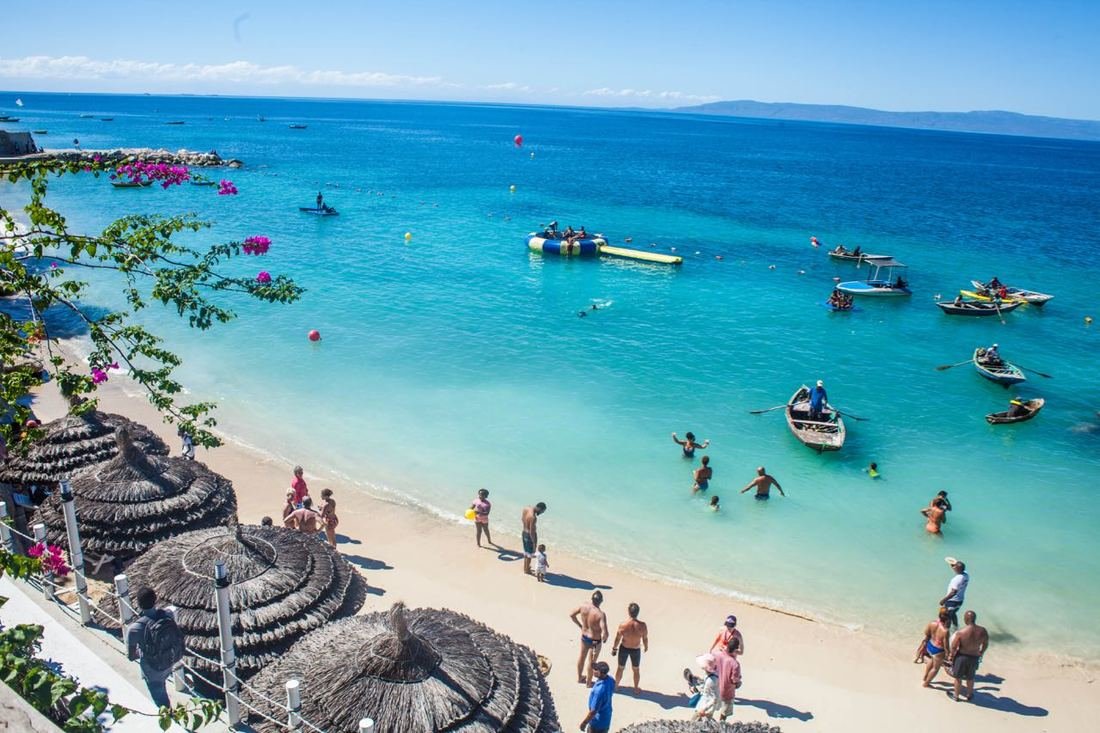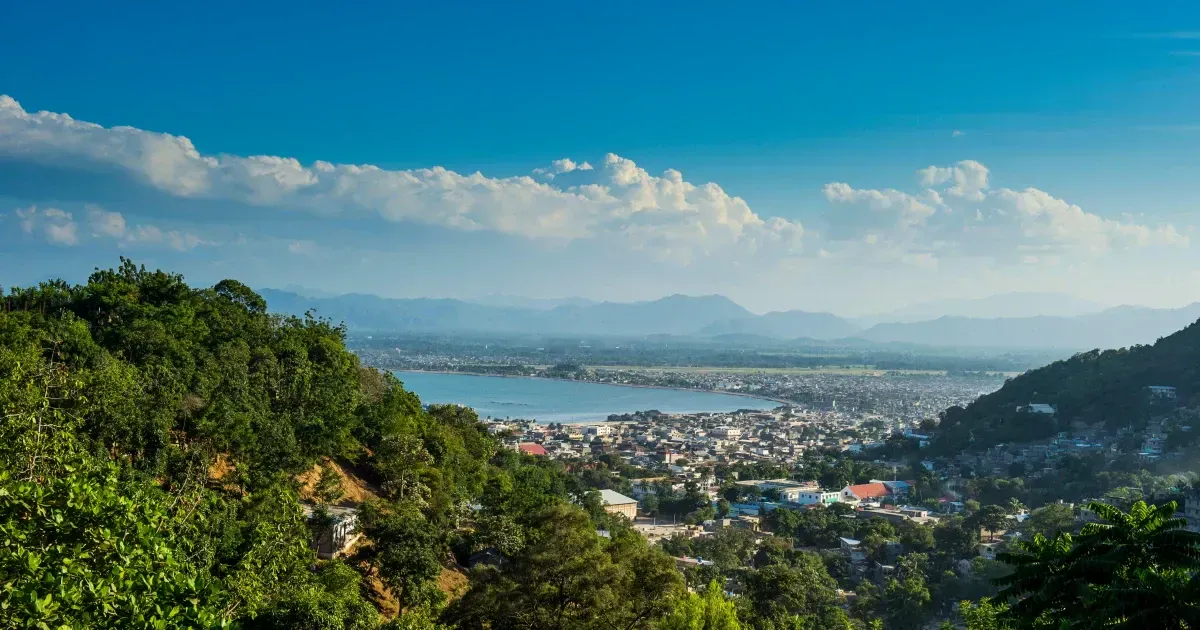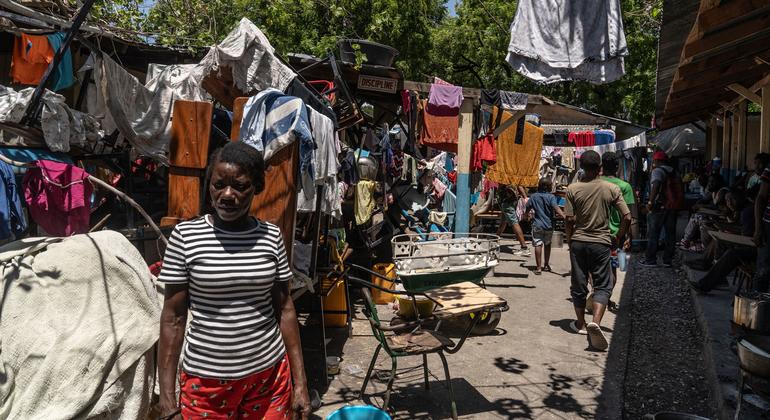Discover the Hidden Gem of the Caribbean: Haiti's Rich History, Geography, and Culture
Table of Contents
- Haiti Travel Guides
- Haiti Residency and Citizenship by Investment (CBI)
- Haiti crises have reached ‘a critical point’: UN envoy | UN News
- Haiti : Where is Haïti located in the Caribbean?
- Haiti earthquake - Jan. 14, 2010 | The Spokesman-Review
- Haiti Map - Caribbean - Mapcarta
- Crisis in Haiti comes after decades of turmoil: A chronology
- 15 Amazing Facts You Did Not Know About Haiti
- Visit Haiti: Best of Haiti Travel 2024 | Expedia Tourism
- Haiti beaches, Beautiful beaches, Places to travel

Haiti, a country located on the island of Hispaniola in the Caribbean, is a treasure trove of rich history, diverse geography, and vibrant culture. With a complex and storied past, Haiti has emerged as a unique and fascinating nation that is worth exploring. In this article, we will delve into the history, geography, map, population, and culture of Haiti, and uncover the secrets of this enchanting country.


A Brief History of Haiti

Haiti has a long and tumultuous history, with evidence of human habitation dating back to 5000 BC. The island was inhabited by the Taino people, an indigenous tribe that was later colonized by the Spanish in the 15th century. In 1697, the French took control of the western part of the island, which became known as Saint-Domingue. The French established a thriving sugar industry, which relied heavily on African slave labor. However, the brutal treatment of slaves led to a successful slave revolt in 1791, which ultimately resulted in Haiti becoming the first independent black nation in the world in 1804.


Geography and Map of Haiti

Haiti is located on the western third of the island of Hispaniola, which it shares with the Dominican Republic. The country has a diverse geography, with a mix of mountains, valleys, and coastal plains. The highest peak, Pic la Selle, reaches an elevation of 8,793 feet (2,680 meters) above sea level. Haiti's coastline stretches for approximately 1,100 miles (1,778 kilometers), with several beautiful beaches and bays. The country is also home to several islands, including Gonâve and Tortuga.

To get a better understanding of Haiti's geography, it's essential to look at a map of Haiti. The map shows the country's borders, major cities, and geographical features, providing a comprehensive overview of the country's layout.


Population and Culture of Haiti
As of 2020, Haiti's population is approximately 11.4 million people, with the majority being of African descent. The official languages are Haitian Creole and French, although many people also speak English. Haitian culture is a unique blend of African, French, and indigenous Taino influences, with a strong emphasis on music, art, and spirituality. The country is known for its vibrant festivals, including the Carnaval and the Fête Gede, which celebrate the country's rich cultural heritage.
Haiti is also home to a thriving arts scene, with many talented artists, musicians, and writers. The country's cuisine is a fusion of different flavors and ingredients, with popular dishes including rice and beans, fried plantains, and griot (a hearty meat stew).
Haiti is a country with a rich and complex history, diverse geography, and vibrant culture. From its stunning natural beauty to its resilient people, Haiti has something to offer everyone. Whether you're interested in history, geography, or culture, Haiti is a destination that is sure to captivate and inspire. So why not start exploring this hidden gem of the Caribbean today?
For more information about Haiti, visit Britannica's Haiti page, which provides a comprehensive overview of the country's history, geography, population, and culture.